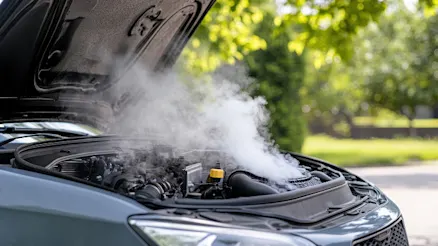
What to do when your car overheats
Car overheating? Learn why it happens, what to do (and avoid), and follow our step-by-step guide to stay safe and prevent engine damage.
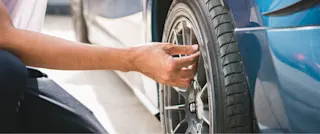
Your tyres are the only point of contact between your car and the road, which makes them a critical part of your vehicle's safety and performance. To keep your tyres grippy and roadworthy, checking and maintaining their condition regularly is key.
Proper tyre maintenance also helps avoid unexpected issues, like blowouts or poor fuel efficiency, which can save you money in the long run. In this guide, we’ll walk you through the key aspects of tyre checks, so you can hit the road with confidence.
If you’ve ever taken a close look at your tyres, you’ve probably noticed a series of numbers and letters printed along the sidewall. These markings provide crucial information about the tyre's size, capabilities, and performance.
For example, a common tyre marking might read “P195/65 R15 91H”. Here's what each part means:
Knowing these markings helps you ensure that any replacements or rotations match your car’s specifications for optimal performance and safety.
Maintaining proper tyre pressure is crucial for both safety and fuel efficiency. Under-inflated tyres can lead to poor handling and increased wear, while over-inflated tyres may reduce grip and make the ride uncomfortable.
Try to check your tyres when they’re cold or haven’t been driven on, because heat can increase your tyre pressure and leave you with an inaccurate reading. You can find air hoses with tyre pressure gauges at most service stations, or buy a pneumatic / mechanical gauge to use at home.
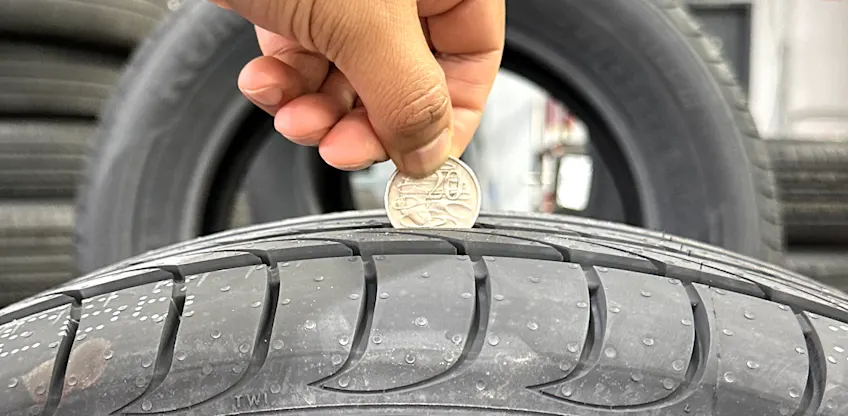
Worn-out tyres reduce your car’s ability to grip the road, especially in wet conditions, and can increase stopping distances. The easiest way to check tyre tread wear is by using the tread wear indicators — small bars that run across the tread.
If the tread surface is worn down to the tread wear indicators, it’s time to replace your tyres. The legal minimum tread depth in NSW is 1.6mm, but replacing them before reaching this point ensures optimal performance and safety.
If you’ve got some loose change handy, we’ve got a nifty hack for you. Insert a 20 cent coin into the tyre tread with the platypus's bill facing down. If the tread doesn’t reach the bill of the platypus, your tread is too worn and you’ll need to replace your tyre.
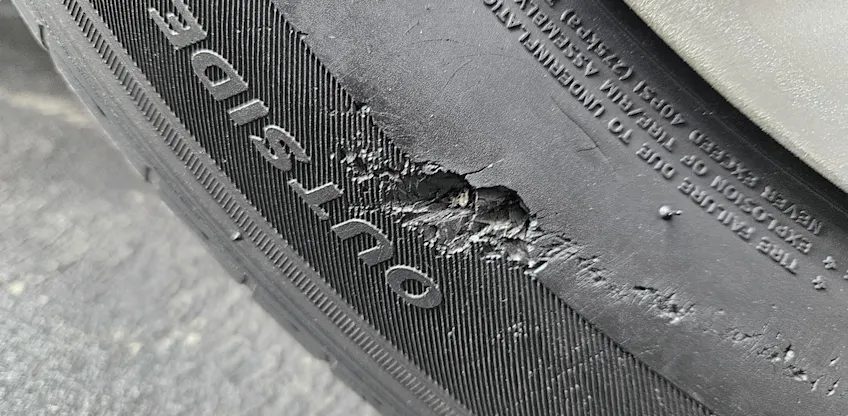
There’s all kinds of debris and gravel on Aussie roads that can be rough on your tyres. Sidewall damage can occur from hitting curbs, potholes, or other road hazards, and it can compromise the structural integrity of your tyre and potentially cause a blowout.
To check for damage:
Rotating your tyres helps even out wear across all four tyres, which improves handling and extends the lifespan of your tyres. Front and rear tyres wear differently due to weight distribution and the steering action on the front tyres. Regular rotation can prevent uneven wear patterns from developing.
Most manufacturers will include correct instructions to rotate tyres for each model in the owner’s manual. All you need to do is to get your car services according to schedule.
Regular tyre checks are an essential part of keeping your vehicle safe and roadworthy. By understanding tyre markings, maintaining proper pressure, monitoring tread wear, checking for sidewall damage, and rotating your tyres regularly, you can extend the life of your tyres and ensure a smooth, safe ride every time you’re on the road. If you’re after some more handy tips and tricks, check out our guide to replacing your windscreen wiper blades or changing your cabin air filter.

Car overheating? Learn why it happens, what to do (and avoid), and follow our step-by-step guide to stay safe and prevent engine damage.

Discover what wear and tear means for your car, with key examples like tyre wear, brake wear, and paint fading. Learn how to minimise wear and keep your car in top condition.
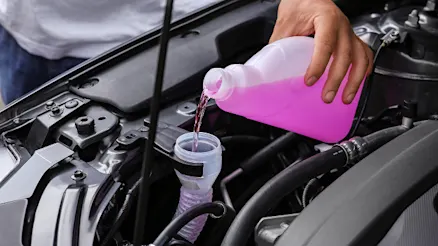
Stay safe on the road with these essential monthly car maintenance checks. From engine oil to tyre pressure, learn how to keep your car running smoothly and avoid costly repairs.